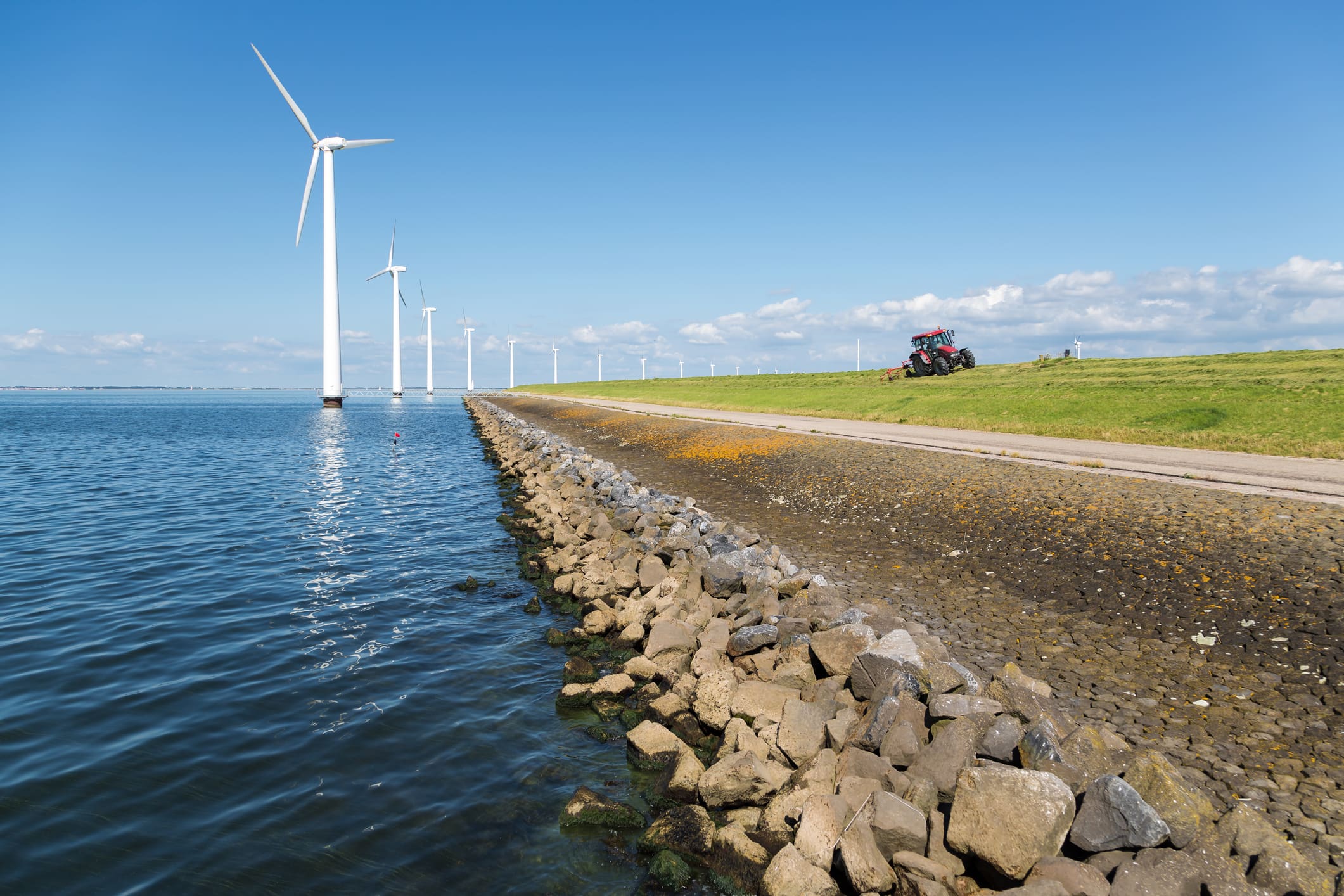Coastal hypoxia, a disease caused by low levels of oxygen, is affecting algal blooms and other marine life. Coastal Hypoxia, also known as dead zones, are aquatic areas that have no living organisms because of low oxygen levels and are often caused by fertilizer runoff. Scientists at MSU discovered a “Birds-Eye Method” to predict the length and effects of dead zones in large coastal areas. Researchers used satellite views to locate these areas and collect water samples in the Gulf of Mexico at the mouth of the Mississippi River. The team used three models in their work, random forest regression, lagged linear regression, and functional data analysis. Random forest regression performed the best with the satellite-derived information.
For the full story, click here.
The MSU Innovation Center works to bring cutting-edge ideas to the marketplace through university/corporate research partnerships, tech transfer, and start-up assistance. If you are interested in seeing if a research partnership is right for your organization, contact us.

